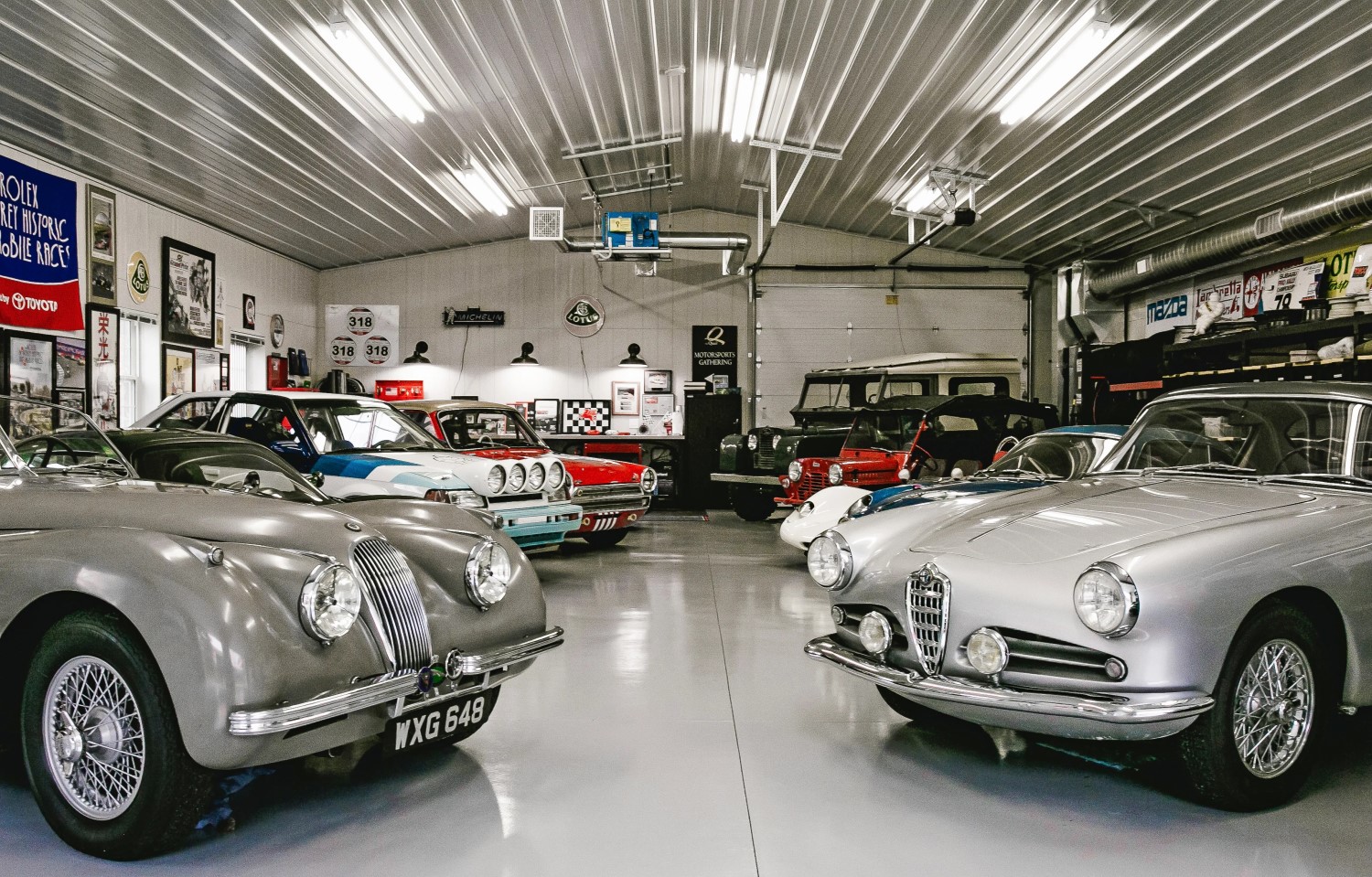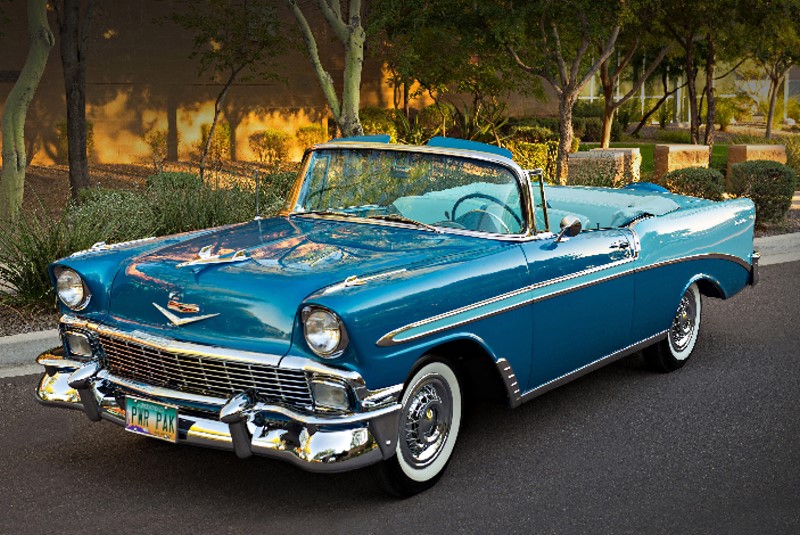Automotive: The Rise of Used Collectible Vehicles
How and Why They’re Becoming Increasingly Popular
Millions of Americans collect cars. It is hard to believe that automobiles manufactured in the 1990s are no longer typical cars, but collectible vehicles. You could still put the old muscle car on display in your garage and drive it on the weekends. For less than $20,000, one can acquire a restored antique Lincoln Continental, used for several years and then sold.
But have you thought about seven- or eight-figure collectibles? High-net-worth investors can use them to diversify their assets, generate income, and occasionally drive, but these cars are only for some. If you are looking for an accessible, high-quality used car in Philadelphia, you can search for it here. But if you are interested in the history of collectible cars, keep reading.
Why Are Collectible Cars So Popular?
During the past ten years, the vintage automobile market has performed better than other collectibles like coins and stamps due to the expanding worldwide wealth. Naturally, high-end vehicles from manufacturers like Ferrari, Bugatti, and McLaren are in high demand. Still, several models like Toyota, Mitsubishi, and VW have also witnessed a sharp increase in value.

“Over the past three years, 1990s car and vehicle prices have risen by the most in any decade. The value of 1990s collectible cars has risen by an average of 78% over the past three years”, said Brian Rabold, the vice president of automotive intelligence at Hagerty. This company monitors and researches the collectible car market.
On the other hand, Historic Vehicles Group International (HAGI) tracks the collector’s car market through several indicators. Their HAGI Top Index tracks classic collectible automobiles, from Porsche and Ferrari to Bugatti and Alfa Romeo and many others. As a result, the top index rose by 33.78% in 2019; despite the pandemic’s negative effects, it increased by 6.19% in 2020 and 2.73% in 2021.
Which Cars Are Considered As Collectible?
Cars from the past can be valuable collectibles, especially if they had innovations that changed the industry or raised customer expectations. The following factors can raise interest in a particular car:
- The very first factor is time. Give or take 25 years, and some highly exceptional automobiles become treasures.
- Second, prior celebrity ownership may be beneficial, mainly if the individual was active in the automotive industry, like Steve McQueen.
None of this guarantees that the value of cars from the ’90s will rise. We’re discussing “collectible” automobiles. These are frequently, but not usually, sports automobiles or models with high performance. Practical family automobiles are often not regarded as valuable.
Risks of Investing in Collectible Cars
Purchasing a brand-new automobile and hoping that one day it will become a collectible is always risky. Undoubtedly, if you’re extremely lucky, you will only be able to get a cheaper automobile and anticipate it to cost millions of dollars in a reasonably short time.
- When the Dodge Viper was first released in the early 1990s, some collectors stashed it away as an investment. They reasoned that a sports car with such a bold design and 400 horsepower could only grow in value. However, today you can get a 1993 Viper for an average price of $45,700 (less than $40,000 in good to fair condition). These investors might have loved showing off their vehicles, but they undoubtedly lost money due to inflation, maintenance, insurance, storage, and other costs.
- The other example comes from the 80s when even the wealthiest Japanese buyers could not afford Ferraris. As the Japanese stopped purchasing, their prices decreased significantly. This cautionary tale underscores the importance of carefully assessing market trends and conditions, learning about your demographics before making major purchasing decisions, particularly when investing in luxury goods that may be subject to rapid fluctuations in demand and value.
- Like most investments, historic automobiles are also subject to commission. If you sell them for a profit, you have to pay capital gains tax since it is a tangible personal property. A seven-figure automobile can cost another seven figures to restore, which is commonly defined as returning an antique car to showroom-like new condition using original or faithful replicas of spare parts and paint. There are also ongoing expenses for maintenance, storage, and insurance. While it’s unlikely that you’ll tow a Bugatti for a U-Haul, profits from the ultimate sale of the car will also probably involve commission/consignment fees, transaction fees, and additional shipping charges.
Conclusion
Acquiring luxury automobile collections can involve a substantial financial commitment and ongoing maintenance expenses. Make smart choices since items that were once worth a royal ransom may now be worth just a royal amount as preferences and economic conditions change. These vehicles serve more than simply weekend excursions for many of their owners. They retain their value and desirability as collectibles while also being practical transportation.
